Effective Waterproofing Strategies

Spring offers moderate temperatures and lower humidity, ideal for effective waterproofing installation.
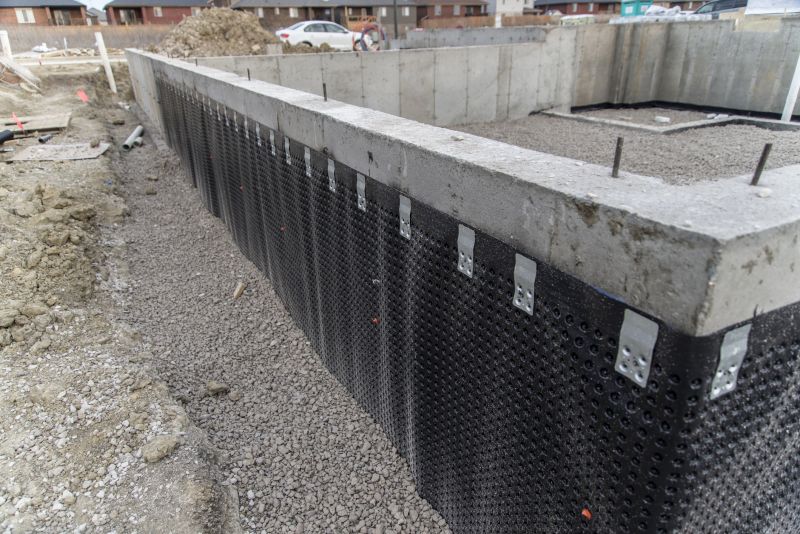
Warm, dry summer months facilitate faster curing and drying times for waterproofing materials.
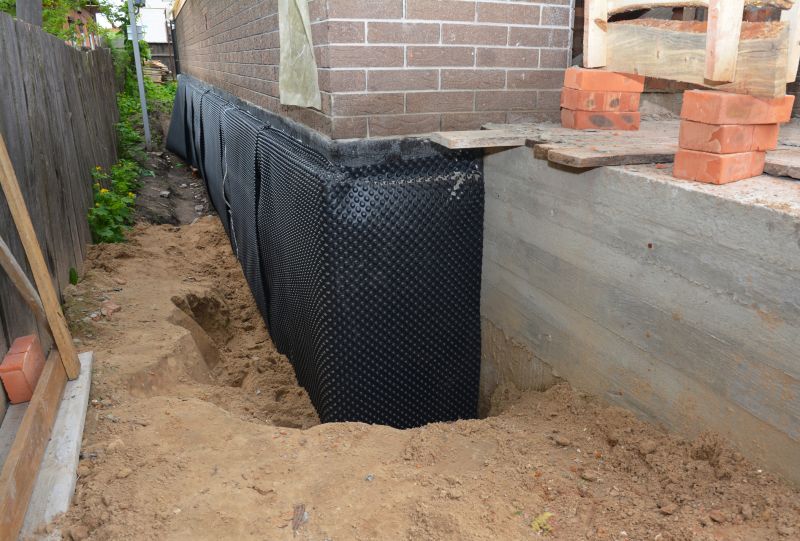
Fall provides cooler temperatures and less rain, making it suitable for waterproofing before winter.

Cold temperatures and snow can hinder waterproofing application and curing processes.

Optimal waterproofing occurs when temperatures are between 50°F and 85°F with low humidity.
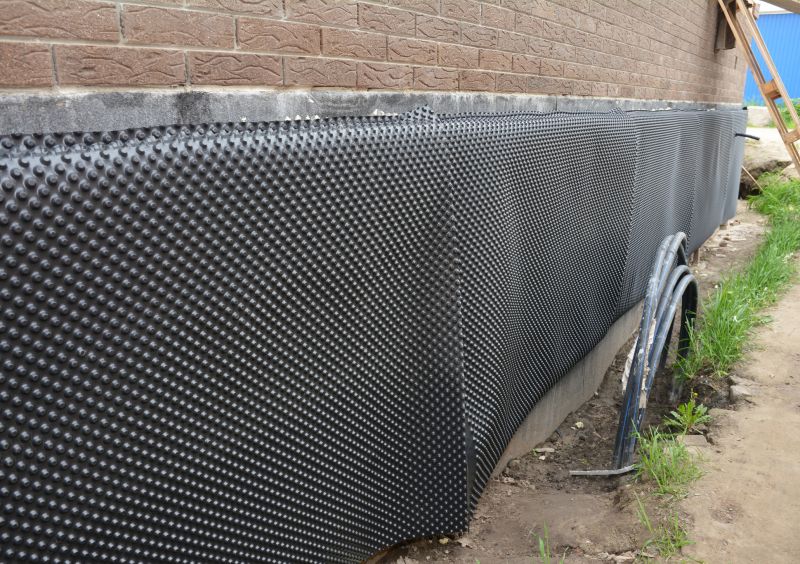
Rain, snow, and extreme temperatures can compromise waterproofing effectiveness and longevity.
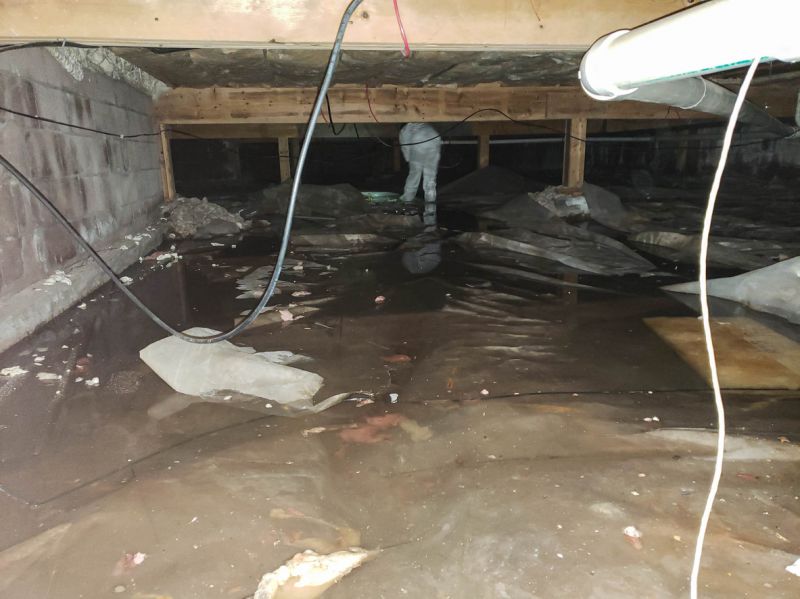
Ways to make Waterproofings work in tight or awkward layouts.

Popular materials for Waterproofings and why they hold up over time.
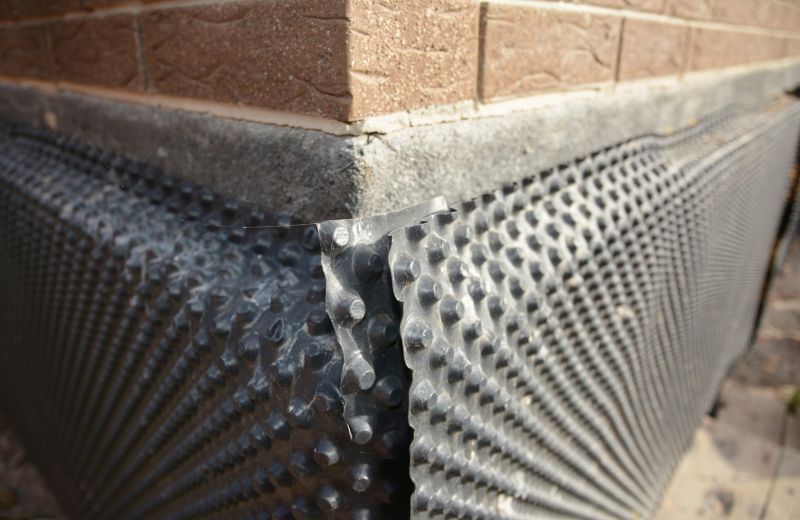
Simple add-ons that improve Waterproofings without blowing the budget.
Waterproofings are essential for protecting structures from water intrusion, which can cause significant damage over time. Proper waterproofing extends the lifespan of buildings, prevents mold growth, and maintains structural integrity. The effectiveness of waterproofing depends on choosing the right materials and application timing, which is influenced by weather conditions and seasonal changes.
Statistics indicate that waterproofing failures often occur due to improper timing or application during unsuitable weather conditions. For example, applying waterproofing materials during freezing temperatures or heavy rain can reduce adhesion and durability. Therefore, understanding the optimal seasons and weather patterns is critical for achieving long-lasting results.
Applying waterproofing in favorable weather conditions ensures better adhesion and longer-lasting protection.
Maintaining temperatures within recommended ranges enhances curing times and material performance.
Monitoring weather forecasts helps schedule waterproofing projects during optimal periods.
Proper surface cleaning and drying are crucial before application, especially in dry, warm conditions.

Various materials like membranes, sealants, and coatings are used based on seasonal needs.
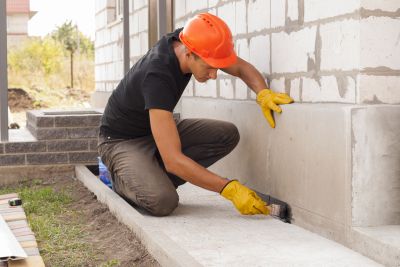
Proper techniques vary with weather conditions to ensure effective waterproofing.
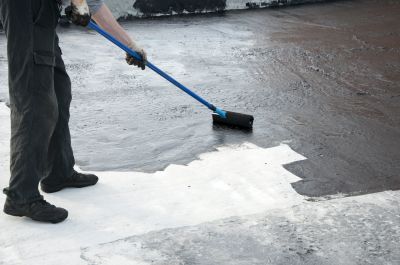
Clean and dry surfaces are essential for optimal adhesion of waterproofing products.
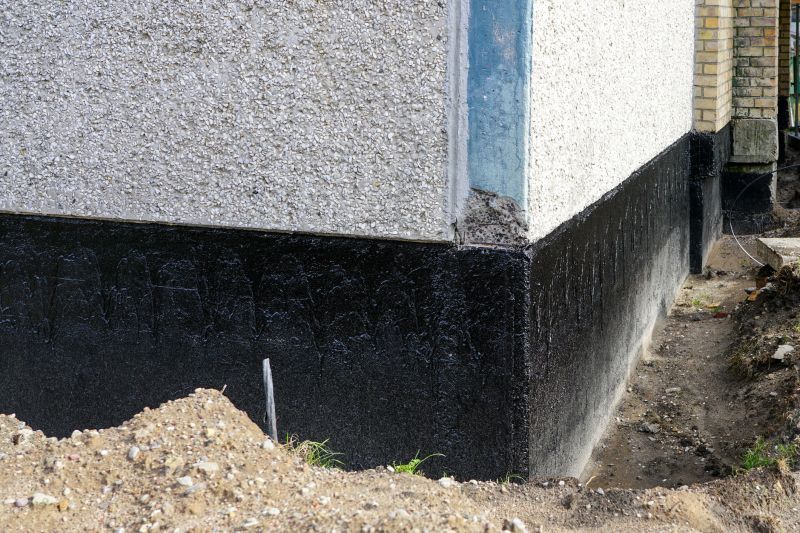
Regular inspections help identify the best times for reapplication or touch-ups.
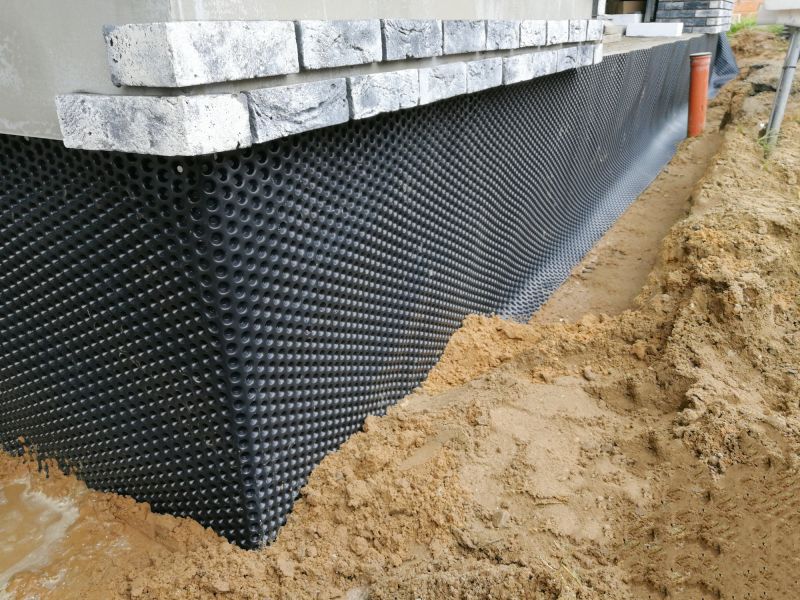
Understanding local climate patterns aids in planning waterproofing projects.
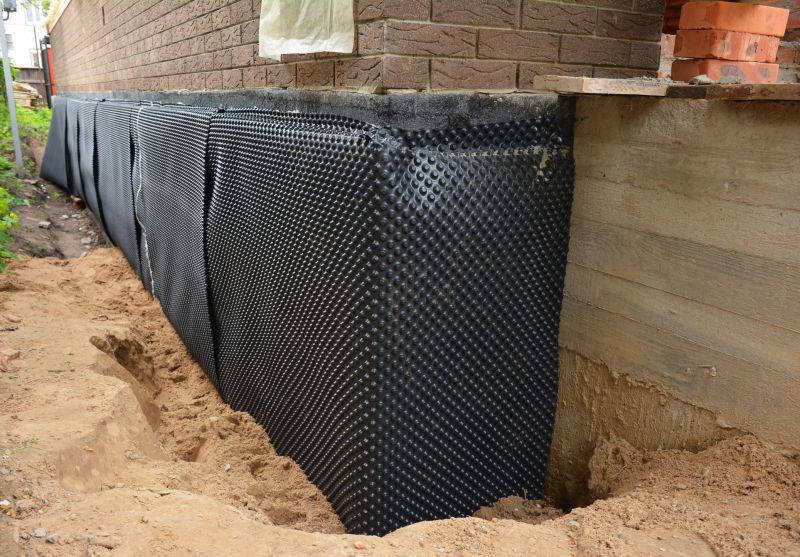
Proper timing enhances the durability and performance of waterproofing systems.
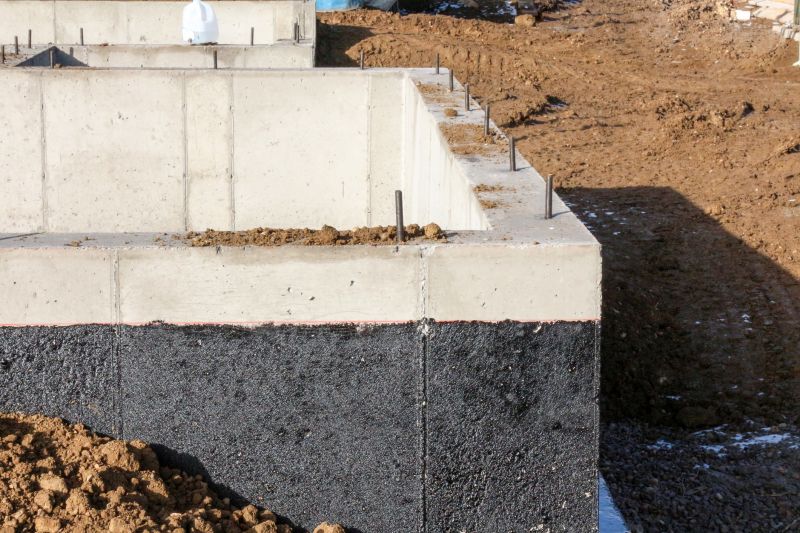
Aligning waterproofing schedules with seasonal weather improves outcomes.
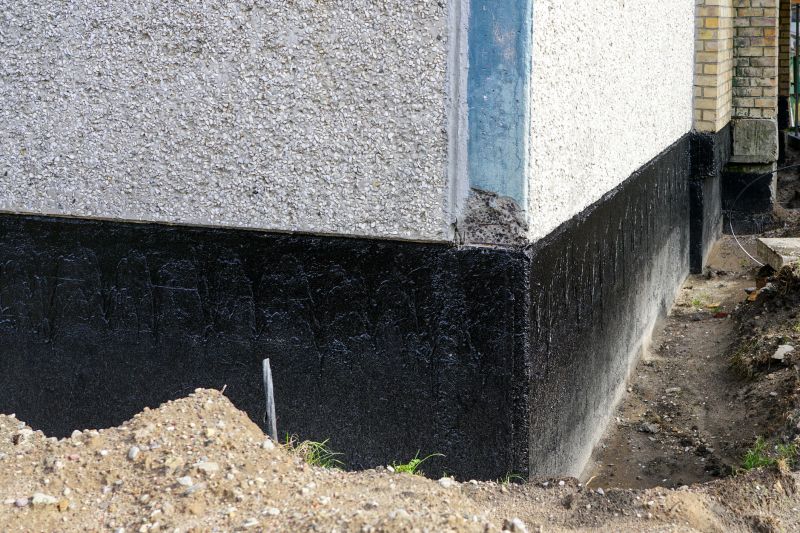
Choosing the right time minimizes water damage risks and extends building lifespan.
| Season | Recommended Activities |
|---|---|
| Spring | Begin waterproofing projects to prepare for heavy rains. |
| Summer | Perform waterproofing during dry, warm weather for best curing. |
| Fall | Complete waterproofing before winter to prevent water intrusion. |
| Winter | Avoid waterproofing applications due to cold and moisture. |
| Late Spring | Inspect and reapply waterproofing as needed. |
| Early Fall | Schedule final waterproofing before cold weather sets in. |
| Late Summer | Address any repairs or touch-ups. |
| Early Winter | Conduct inspections to ensure waterproofing integrity. |
Choosing the right time for waterproofing projects is vital for maximizing effectiveness and longevity. Proper timing not only ensures better adhesion and curing but also reduces the risk of water damage caused by improper application. Planning waterproofing during suitable weather conditions can lead to significant savings and improved building protection.
Interested parties are encouraged to contact for further guidance on scheduling waterproofing projects. Proper planning and timing are essential for maintaining the structural integrity and durability of buildings in Ypsilanti, MI.

